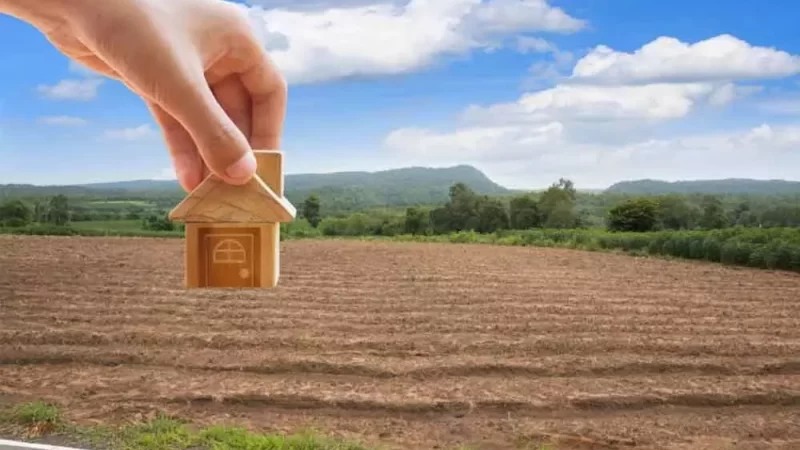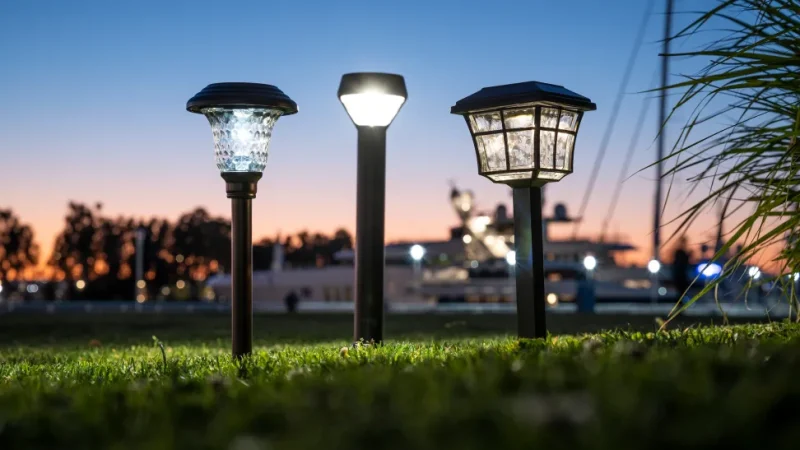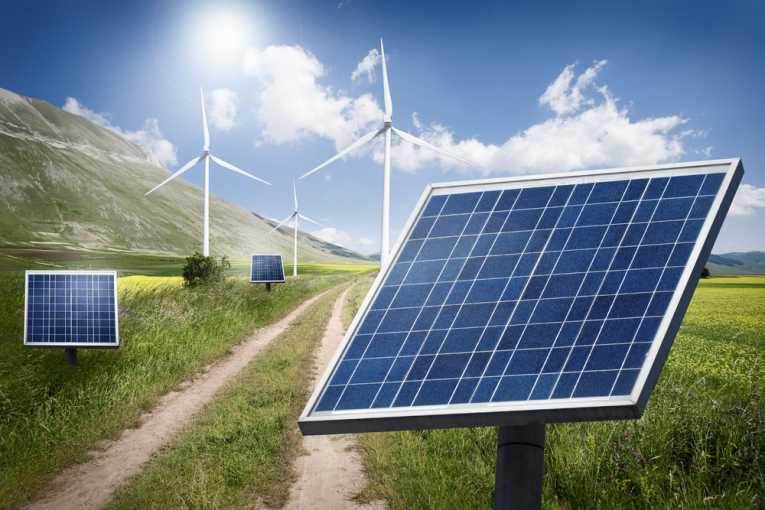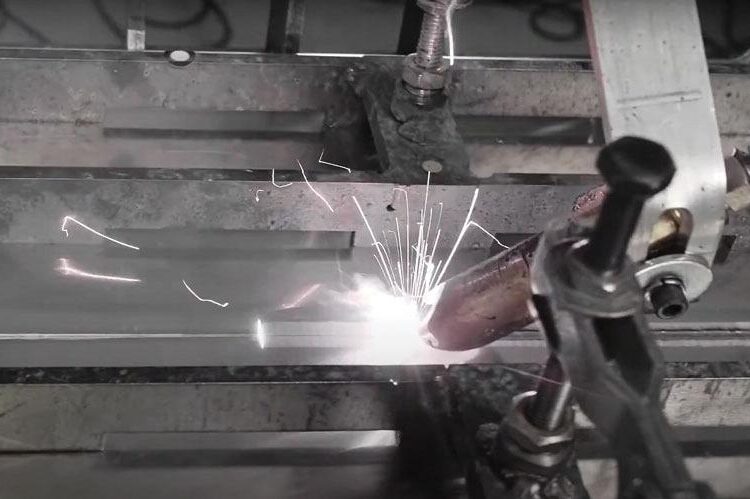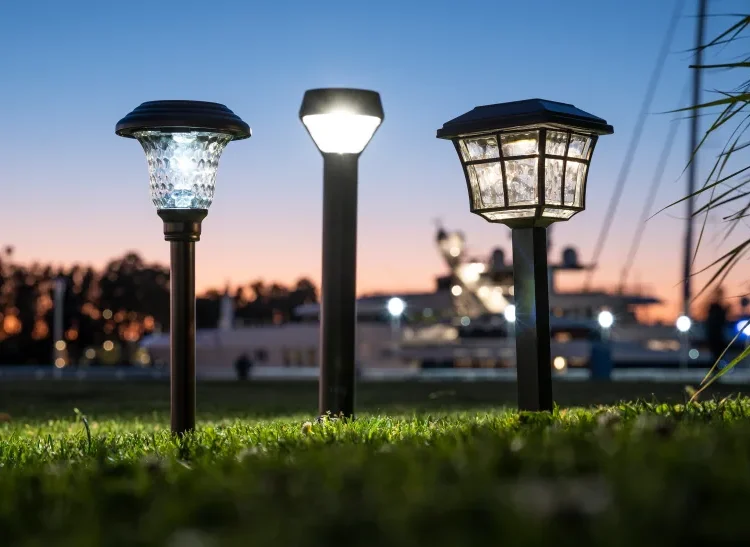Sustainable energy relies on clean sources that won’t run out. In contrast, energy generated from fossil fuels is not sustainable and releases harmful emissions into the environment. To avoid the negative consequences of fossil fuel energy, more and more countries are exploring environmentally friendly alternatives.
Although the technologies for sustainable energy are improving and becoming more accessible, they still only represent a small proportion of Australia’s energy supply. Hydro energy is the largest renewable source of energy here, followed by wind and solar. Australia also has some geothermal and tidal energy resources.
Below we explore the main sources of sustainable energy in Australia and how you can help your household transition to renewable energy.
Hydropower
Hydropower works by converting the energy of moving water into electricity. Usually, the water comes from a dam or reservoir. It passes through a turbine, moving the turbine blades around. This motion is converted by a generator into useful energy.
Pumped hydro energy storage (PHES) is one of the common uses of hydropower. It is a way of storing excess energy from the grid or renewable sources and is used to avoid electricity shortages.
The excess energy from the grid or another source is used to pump water from a lower dam into a higher dam. When the energy needs to be used, the water is returned to the lower reservoir using gravity. As the water runs through the turbine it generates power that can be fed into the grid.
Wind power
Wind power converts the energy of wind into electricity or mechanical power. Wind pushes the blades of a wind turbine and this movement can be converted into electricity by a generator. Alternatively, the movement of the turbine blades can drive a mechanical action such as pumping water or grinding grain.
Wind turbines can be made to a small scale for residential use, although this is not common in Australia. Here, large scale wind power is more common where power is generated in wind turbine farms.
Solar power
Solar power is energy from the sun. There are two main types of solar power: photovoltaic and thermal.
For photovoltaic (PV) solar, sunlight is converted into electricity when it hits the PV cells in the panels. An inverter converts that electricity into a form that we can use to power appliances and machines. PV solar panels can be used on individual homes or in large scale solar farms to produce high amounts of electricity.
Solar thermal uses sunlight to heat something, usually water, air or oil. This may be used to create steam that drives a generator or to drive a refrigeration based cooling system. Another example is solar hot water systems in which energy from the sun is used to heat water.
Geothermal energy
Geothermal energy refers to the heat generated from the earth. Deep wells are dug into the earth and then the heat is extracted in the form of water or steam. These are used to drive turbines and produce electricity. The viability of geothermal energy for mass scale electricity production is still being explored in Australia, but it has good potential.
Tidal energy
Tidal energy is created from the periodic movement of the tide (waves that form due to the gravitational pull of the earth, sun and moon). Tidal energy uses the movement of the ocean tide to move turbines which run a generator, producing electricity. The possibilities of using tidal energy in Australia is still being explored.
What you can do
If you want to reduce your household’s demand for fossil fuel energy, there are a number of options and incentives available in Australia. As renewable energy technologies evolve, they are becoming more affordable for Australian households.
The most common and accessible option for residential properties is solar power. Solar PV panels are installed on your roof where they can receive the maximum sunlight throughout the day.
Depending on the size of the system and your household’s energy consumption habits, solar power installation may be able to provide all of your electricity needs during daylight hours. Even if you still rely on the grid for some of your energy needs, having solar panels will dramatically decrease your fossil fuel electricity consumption.
Solar panels typically last for 15 to 30 years and don’t require much maintenance. Solar power repairs and cleaning can help preserve the life of your system and make sure it performs efficiently.
Over to you
Switching to renewable sources of energy is a great way to reduce your environmental impact and make a positive difference. Rebates and financial assistance may be available – research your options and speak to your local solar energy contractors for more information about how to get started.

